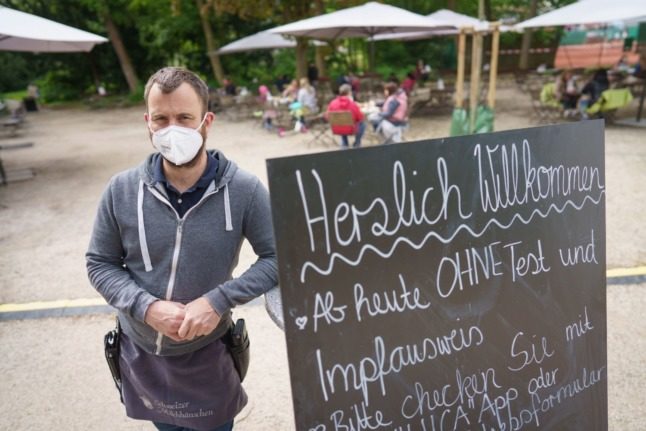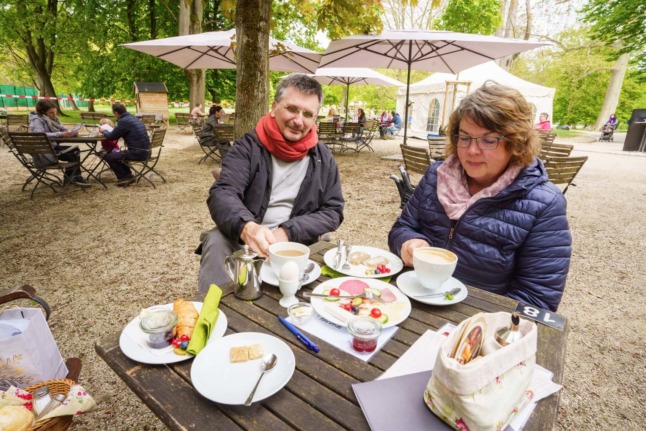After the trend for more natural and locally produced ingredients, the thriving dining scene in Stockholm is right now besieged by new initiatives where top chefs branch out to budget people. It’s the culinary equivalent of a fashion house’s diffusion brand.
Indeed, in 2013, small side-areas inside well-known high quality eateries have attempted to get both bargain-hunting families and weekday diners to fill up their seats at the table.
A second way to makes sure the throng of guests lasts beyond the pre-booked Friday and Saturday nights, restaurants are now also floating the mid-sized dish as a way to get more consumers consuming on any random Tuesday or Wednesday.
“Stockholm has always been known for its expensive restaurants, but right now, the trend is to develop the side-dish concept, with prices up to 200 kronor ($29) for a dish,” Anna Norström, restaurant reporter at the culture and lifestyle website Allt Om Stockholm.
Norström served up a long list of restaurants dishing up the mid-sized recipe: the famous Pontus! restaurant in April opened a no-reservation sister restaurant Pocket, just next to the restaurant on Stureplan. Swedish Michelin-star team at the restaurant Frantzén had already in March set its sight on a different slice of the market, by opening the gastropub The Flying Elk. Finally, Hornhusets on Långholmen island welcomes people on the second floor with smaller dishes, saying that “ordering more makes a perfect dinner”.
Inspiration for this cheaper dish usually comes from abroad. The Flying Elk hides an English concept, Pocket a French one with its bistro atmosphere. But one mid-sized dish caterer has breached the “exotic” trend and taken a deeper look at Swedish history. Newly opened restaurant Pharmarium has decided to source local inspiration by moving into what was once Sweden’s oldest pharmacy.
Quinine and benedictine are some of the other flavours dug out from the medicinal archives of the old pharmacy’s vaults, with the consultant Lisa Lönner Pulkkinen having headed back from working in the Stockholm archipelago to help add local spice to the new concept.
Products like herring, king crab, cauliflower, and cranberries, are used to entice your lips while you’re drinking a mixology created by the bartender John. Swedish delicacies like hjortron (cloudberries) are even used in the drinks, accompanied by smaller servings of, for example, cured Arctic char served on a bed of pearl barley.
IN PICTURES: Sip a dill n’ akvavit cocktail next to the flower distiller at Pharmarium in Old Town
“We can change the menu anytime, we’re flexible considering Lisa’s advice.”
Anyone who fancies more food, a pick n’ mix of mid-size dishes allows diners to create their own haute cuisine smörgåsbord.
Pharmarium also excels at a second restaurant trend – the novelty wining and dining concept, a way to stick your neck out in the heavy competition of the restaurant world. Lavender-tinted champagne in belle epoque flutes are one way to keep customers light-headed and coming back for more.
“It has an international atmosphere, we could find the same place in New York, Shanghai or London,” said Allt om Stockholm’s Anna Norström, before underlying another ongoing trend in Stockholm – the resuscitation of the once tourist-haunt littered Old Town (Gamla Stan), which now sports eateries like 19 Glas, Djuret and Pubologi.
“Right now, Gamla Stan is living some sort of a revival.”
Elodie Pradet




 Please whitelist us to continue reading.
Please whitelist us to continue reading.
Member comments